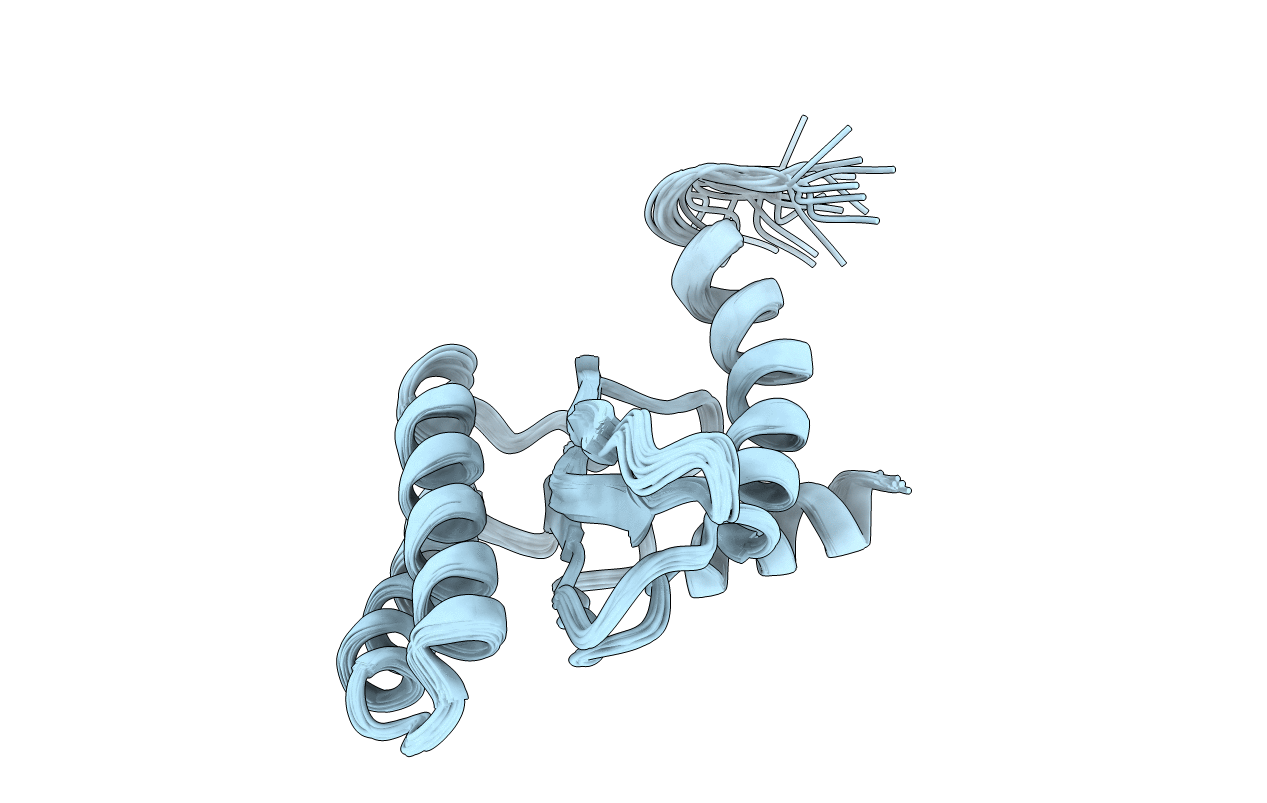
Deposition Date
2011-08-02
Release Date
2012-03-14
Last Version Date
2024-05-01
Entry Detail
PDB ID:
2LGT
Keywords:
Title:
Backbone 1H, 13C, and 15N Chemical Shift Assignments for QFM(Y)F
Biological Source:
Source Organism:
Homo sapiens (Taxon ID: 9606)
Host Organism:
Method Details:
Experimental Method:
Conformers Calculated:
20
Conformers Submitted:
20
Selection Criteria:
all calculated structures submitted


